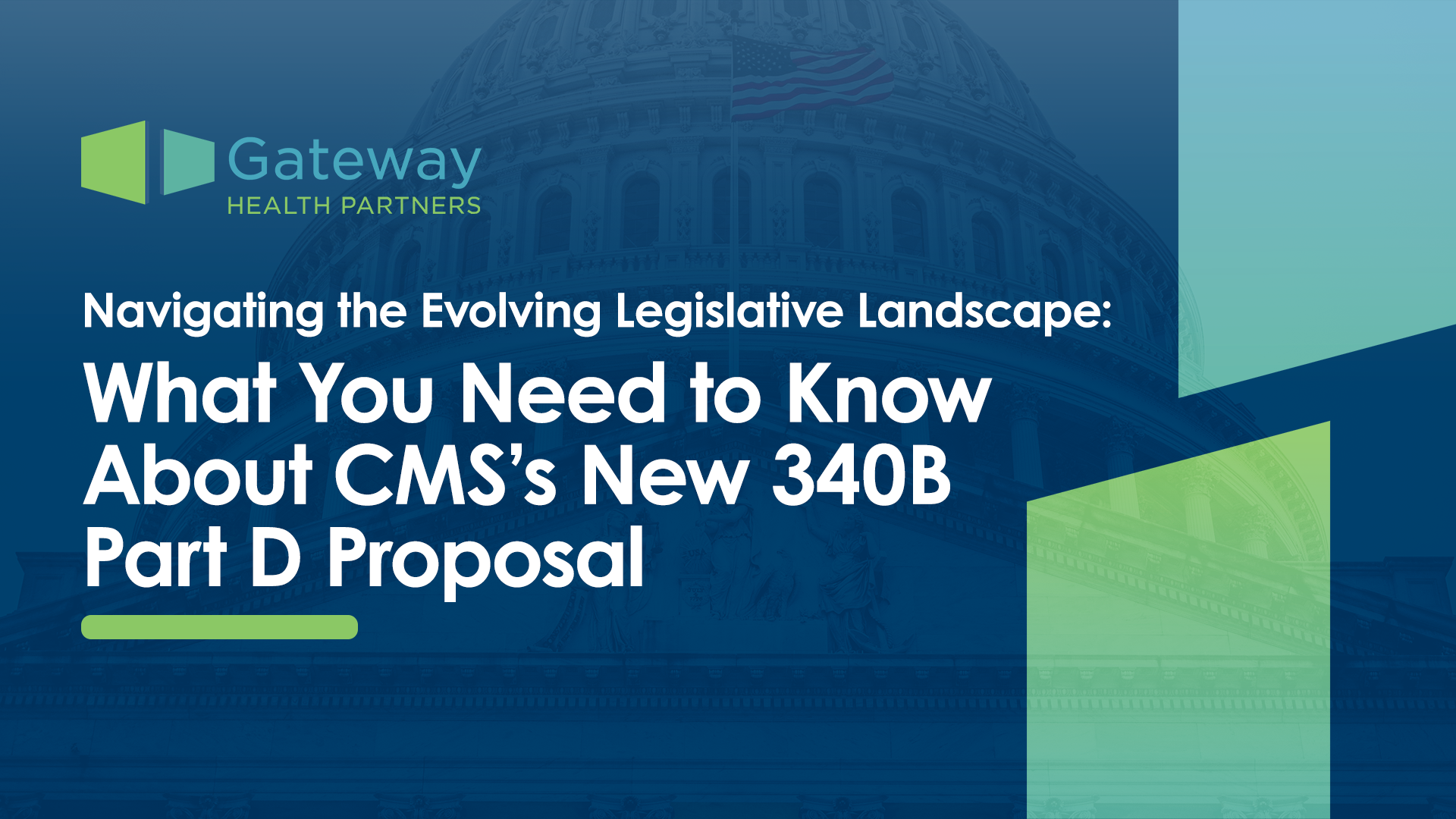Despite a slight improvement in recent months, drug shortages remain a persistent challenge across the U.S. healthcare system. As of April 2025, there were 270 active shortages, according to the American Society of Health-System Pharmacists (ASHP). More than 40% of those began in 2022 or earlier, signaling more long-term issues and not just temporary setbacks.
The impact of these shortages can often prove to be massive. The Department of Health and Human Services estimates that each shortage affects approximately 500,000 people, with more than 30% of those impacted falling between the ages of 65 and 85.
What’s driving the shortages?
Drug shortages are the result of a complex mix of contributing factors that can include:
- Manufacturing quality issues
- Supply chain disruptions
- Raw material scarcity
- Increased demand for certain drugs
- Pricing and regulatory hurdles
- Geopolitical instability
- Natural disasters and extreme weather events
Some more recent examples include a tornado that damaged a Pfizer plant in 2023, halting production of 15 medications, and FDA quality issues that shut down cisplatin production in India, resulting in a nationwide shortage of a critical chemotherapy drug.
Are tariffs the next threat?
Analysts warn that proposed pharmaceutical tariffs (ranging from 50% to 200%) could further destabilize an already fragile supply chain. More than half of U.S. drugs are manufactured overseas and generic drugs—which account 90% of all filled prescriptions—are especially vulnerable due to their low profit margins and reliance on imported ingredients.
Sterile injectable generics, including IV fluids and chemotherapy medications, face the highest risk. In contrast, brand-name drug manufacturers, with higher margins and more domestic facilities, may be better positioned to absorb the impact of potential tariffs.
Some drugs currently in short supply include:
- Pimecrolimus 1% cream (for atopic dermatitis)
- Lidocaine: various forms: transdermal patches, injections, oral solution (for pain relief)
- Epinephrine: auto-injectors and injections (for anaphylactic allergic reactions)
- Clonazepam oral tablets (for anxiety)
- Varenicline tablets (Chantix, for smoking cessation)
- Mitomycin and Methotrexate injections (for cancer treatment)
- Minoxidil 2.5 mg tablets (for high blood pressure)
- Moxifloxacin tablets (antibiotic)
- Fluconazole injections (for fungal infections)
- Methylphenidate transdermal system (for ADHD)
*Indications above are not all inclusive
What’s next?
The outlook for drug shortages in 2025 remains uncertain. While federal efforts to boost domestic production and increase supply chain transparency are underway, meaningful change will require policymakers, manufacturers and healthcare providers working together to mitigate risk and prevent future disruptions to patient care.
References
- Robledo, Anthony. Drug shortages at highest since 2014: Chemo drugs, Wegovy, ADHD medications affected. USA Today. April 17, 2024.
- McCormick, Brooke. 5 Essential Drugs Currently Facing Shortages. American Journal of Managed Care. November 1, 2024.
- McPhillips, Deidre. Drug shortages reach record high in US. CNN. April 12, 2024.
- USP Annual Drug Shortages Report: Economic factors underpin 2023 shortages. U.S. Pharmacopeia. June 2024.
- Charted: Record-high drug shortages will ‘likely get worse.’ Advisory Board. April 12, 2024.
- Major Pfizer plant in North Carolina restarts production 10 weeks after tornado damage. CBS News. September 25, 2023.
- Kansteiner, Fraiser. Baxter offers recovery timeline after major IV fluid plan closure due to Hurricane Helene. FiercePharma. October 9, 2024.
- Policy Considerations to Prevent Drug Shortages and Mitigate Supply Chain Vulnerabilities in the United States. U.S. Department of Health and Human Services. April 2, 2024.
- Ault, Alicia. No End in Sight for National ADHD Drug Shortage. MedScape. March 12, 2024.
- Fortier, Jackie. Nationwide IV fluid shortage changing how hospitals manage patient hydration. NPR. November 19, 2024.
- McPhillips, Deidre. Some ER patients are half as likely to receive IV fluids since disruptions from Hurricane Helene. CNN. October 31, 2024.
- Uscher, Jen and Zack, Liz. How to Navigate a Chemo Drug Shortage. Breastcancer.org. October 3, 2024.
- Dronabinol Capsules Shortage. Drugs.com. October 18, 2024.
- Murdock, Joshua. Why Are There Drug Shortages, and How Can I Find Out Why My Medication Is on Shortage? GoodRx. August 13, 2024.
- Impact of Drug Shortages on Patients in the United States: A Case Study of Three Drugs. Office of the Assistant Secretary for Planning and Evaluation at the Department of Health and Human Services. April 26, 2024.
- Lupkin, Sydney. Chronic drug shortages stress hospital and patients. NPR. November 2, 2023.
- Lagasse, Jeff. Drug shortages lead to higher prices, trouble filling prescriptions. Healthcare Finance. July 12, 2023.
- Policy Solutions to Address the Drug Shortage Crisis. American Society of Health-System Pharmacists.
- AMA furthers policy to address nation’s growing drug supply shortages. American Medical Association. November 13, 2024.



